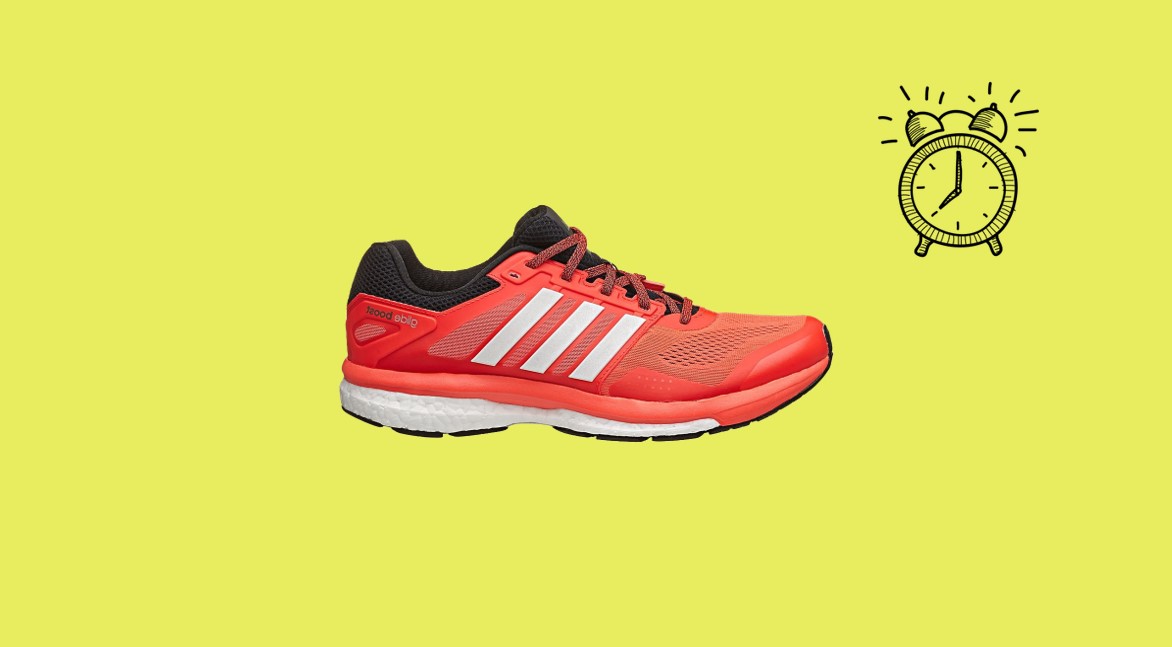
19 Feb When Is Time To Replace Your Running Shoes
How old are your shoes? How many miles have you put on them?
If you are a runner, are you asking yourself these questions?
Did you know that holding on running shoes for longer than recommended and running on worn-out shoes can end up in injury? We are pretty sure you know this, which is the last thing every runner needs, right? Depending on how you run and how often you run, shoes will progressively lose many (or all) of their main cushioning and stability attributes. This is a guide to understand when is time to replace your running shoes.
“When the shoe does not perform as expected because of aging, your joints and muscles will absorb the impact.”
If you are a runner, keeping your shoes in check and making sure they don’t exceed their expected useful life, is critical. In fact, this can be a quick win in preventing injuries: change your shoes at the recommended mileage.
In average, shoes will perform at their best up to 300-400 miles, depending on your running mechanic, weight, and the surface on which you usually run. Are you a treadmill runner? Or a street runner? The ladder will lead you to sooner replacement. Although a visual inspection can quickly lead to identify that the shoe is loosening up, your body is also a thermometer (joint pain, calf pain, knee pain, etc) to let you know that you need to pay attention to the condition of your shoes.
So, this is how you can quickly determine when to replace your running shoes:
1. Start by doing the math
Let’s say that you run 10 miles a week (40 miles a month average), and you do it mostly in pavement. Since you run in a hard surface that will fade your shoes more quickly, you simply need to divide the lowest mileage point (300 miles) by 40 (miles a month avg.) so you get to the approx numbers of month after you purchased your shoes, where you would need to consider a replacement. In this case, 7.5 months would be your point of replacement.

If you run in a mix of pavement and treadmill, you can do the math above, taking a mileage point of 350-400. Also, if you are heavier than average, regardless the surface of running, it would be recommended to set the mileage at 300 since weight will disable cushioning properties more quickly.
TIP: You can write the date of purchase on the inside of your shoe when you buy them. This will help keep a more accurate track of miles on it.
2. Your body is giving you signals
If you are starting to feel those shin splints, joint pain, knee pain, this means your body is telling you something. Pain in your body, will be a direct signal (among other causes) that your shoes already lost some or all of their cushioning or stability properties. Running shoes are built and designed to provide extra cushioning, but sadly, this does not last forever. Changing your shoes can be a quick win when it comes to relieving pain in some cases.

3. Your Shoes Fail the Visual Test
Take a look at the soles. This part of the shoe last longer than the shoe’s cushioning and shock absorbency, so if you see the soles worn down, you need to run and buy new shoes right away. Worn-down soles are the last thing you want to see in your shoes, this means, you exceeded the limit. Another thing you can do is the twist test. Hold your shoe at both ends and twist it, a good shoe will stay firm, while an old shoe will twist easily.
4. When Your New Shoes Feel Like Heaven
Ok, you realized you needed new shoes and you went for it. If when putting on the new pair, the difference you feel in your feet is tremendous vs the old shoes, this means, you took the oldies to the extreme and you waited too much. You should not wait that much since your body could pay the price. But it’s ok, we all learn by experience, and this experience will serve you better for the time of your next replacement. Now you know.
Next Steps
Remember, replacing shoes can be a quick win in avoiding injuries. A well cushioned shoe will do your body a favor by absorbing more impact than your body needs. Check your shoes, do the visual test, and check the mileage on them. If it is time to replace, go for it. You just did yourself a favor.
We hope this material covering when is time to replace your running shoes has been beneficial to you. Our reviews and observations are meant to give you a guide so you understand when is best to replace your shoes before it backfires on your body. Make proactive decisions about your shoes and when to replace them. Remember: Enjoy the ride, or not.
Thank for reading!

Sorry, the comment form is closed at this time.